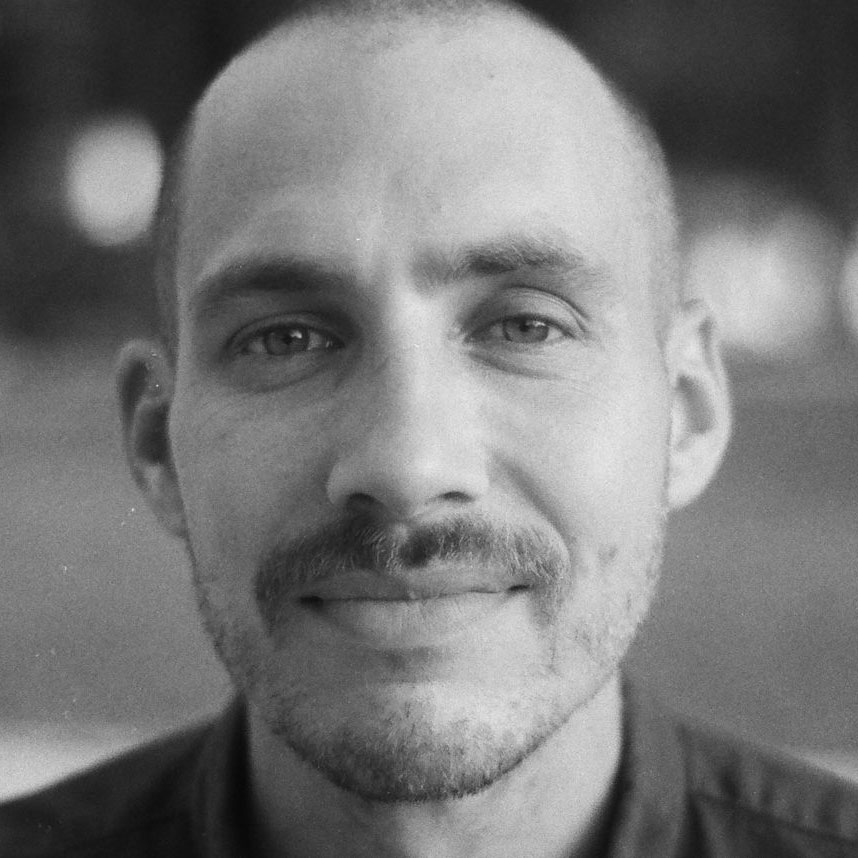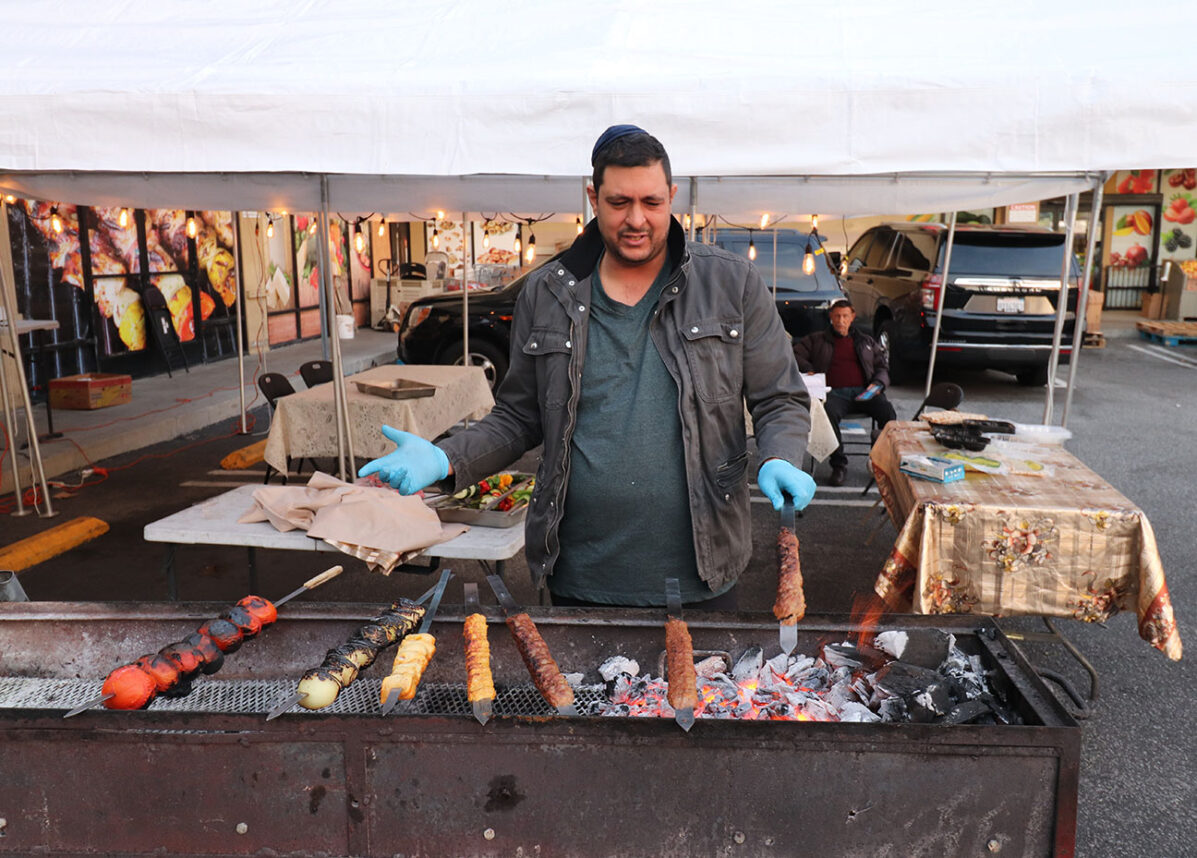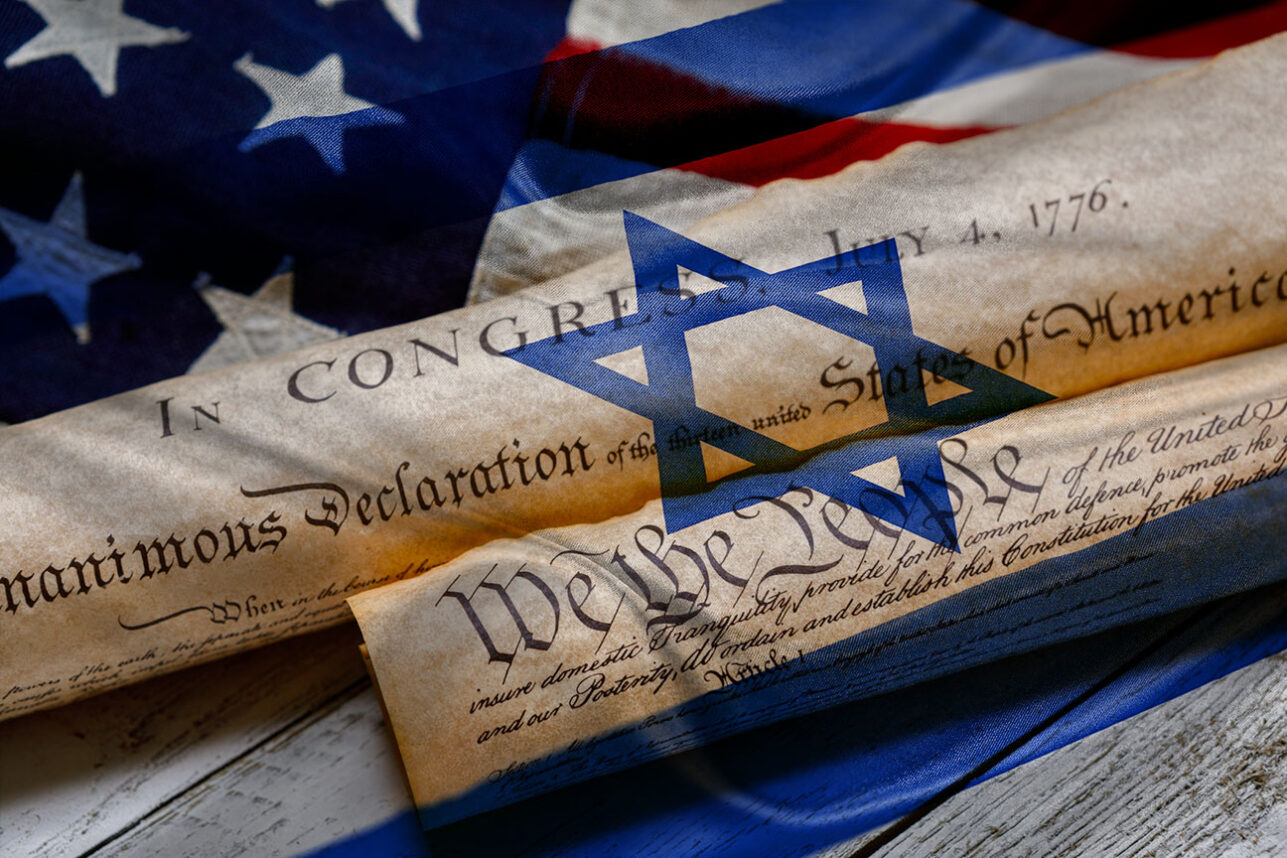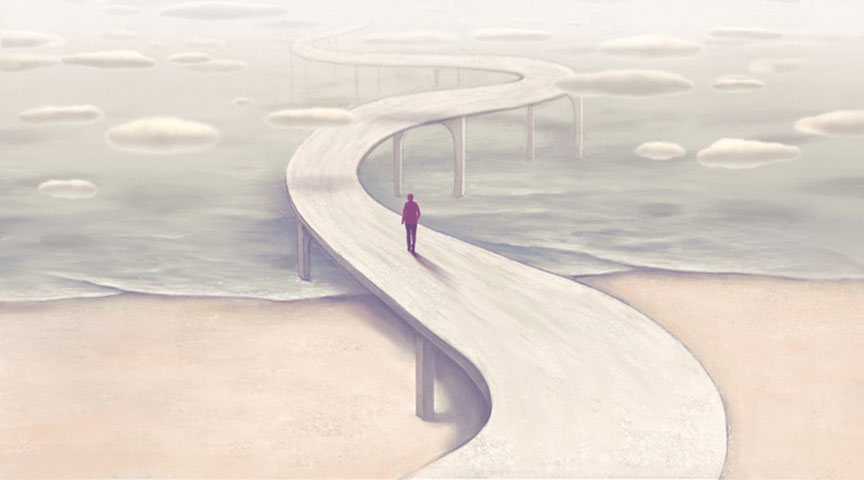
On the Temple Mount sits the foundation stone — the navel of the world — a hunk of rock from which the universe spilled forth at God’s command.
All things were there in the beginning — in Jerusalem when Jerusalem was not Jerusalem — when it was merely a fixed point in the void.
Anyone who has seen the Al-Aqsa Mosque, which rests atop the Temple Mount, can attest to the power of this location. The idea that this is the center of the universe is not mere mythology — it is suggested viscerally by the layout of the site itself. Utterly flat and paved over with ancient stone, Al-Aqsa is cast into relief by the Temple Mount like a sculpture on a plinth. The result is forceful and singular.
The Torah calls the Temple Mount “the place that God will choose,” although in truth, it is the place that God chose again and again and again. The place where soil was gathered and sculpted into the form of Adam. The place where Noah offered his sacrifice after the flood. The site of Isaac’s brush with filicide. The place where Jacob, dozing with a rock for his pillow, saw busy angels riding heavenly escalators up and down. The place where Christ was circumcised. The place to which Mohammed, riding atop the Buraq — a winged mule — landed before his ascent to heaven.
The Temple Mount was also, of course, home to the Holy Temple.
Beit Ha’Migdash.
A wonder of the ancient world.
A site of history and spilled blood.
A portal to heaven.
A target on Judah’s back.
A talmudic saying has it that one who has never seen the Temple has never seen a beautiful building. Hyperbolic? We’ll never know.
Simple and imposing, it consisted of a walled courtyard and a building with three interior chambers, each one narrower and holier than the last. Walking past the menorah, the altar for burning sacred incense, and the table of the showbread (mystic loaves, which stayed fresh and warm for a week before they were eaten), one at last arrived at the place where the Ark of the Covenant was kept, resting atop the foundation stone. The Kadosh Ha’Kadoshim (Holy of Holies) was entered only by the high priest, and only on Yom Kippur.
In the Temple’s courtyard, where people would assemble in song and prayer, animal sacrifices were burned on an outdoor altar, creating a pleasing scent for the Lord.
Had it not been scrubbed from the Earth, we would know all of this in the same way that we know, to one extent or another, what the Colosseum looks like and what used to go on there.
But the Temple was destroyed. Twice. Once by the Babylonians.
“The idea that this is the center of the universe is not mere mythology — it is suggested viscerally by the layout of the site itself.”
There’s no shortage of good reasons for the Jewish people not to build a Third Temple. To say nothing of the ethical reasons (doing anything to “evict” the Al-Aqsa Mosque from its place on the Temple Mount is, of course, morally unthinkable), the Jewish religion has long had a set of internal religious reasons why the Temple could not, should not and would not be rebuilt in our time. The absence of a Messiah, for instance. Or debates about the exact dimensions of a “cubit.”
Excuses, excuses.
I suspect that the real reason for the many obstacles is to provide a cover for Jews so that they can put off doing something that they don’t want to do but which they are religiously obligated to desire.
This kind of dual thinking, desiring the restoration of the Temple in principle if not in fact, is nothing new in Jewish thinking. Maimonides claimed that God let the Temple be destroyed in order to urge Jews toward the more spiritually sophisticated forms of worship. Rav Kook famously suggested that the future Temple would have sacrifices only of grain.
There are, however, individuals with fewer reservations. At the Temple Institute in Jerusalem, preparations are well underway to construct a Third Temple as soon as possible and by any means necessary.
In addition to drawing up detailed architectural plans, they have readied the necessary equipment: lyres, horns, an altar, priestly garments, a menorah, a washbasin.
The knives have been sharpened. The priests trained.
The artifacts they’ve fashioned are impressively faithful to history. That said, they are also quite tacky.
This owes in part to the aesthetic shortcomings of the Temple Institute itself. But it is not entirely their fault.
Too much time has passed between then and now, and the accoutrements of the Temple speak in a sartorial language that we no longer understand. The colorful gems on the priestly garments — which must have once looked quite impressive — now appear silly, like a child’s costume.
This disparity reaches its climax when the Ark of the Covenant is revealed. Behind a glass window, a red curtain whirs open as royal fanfare blares from a speaker. Behind the curtain sits the Ark — gleaming deliriously — two golden pigeons squatting upon its cover. If this isn’t camp, I don’t know what is.
Perusing the Temple Institute’s models and plans, one begins to grasp the aesthetic travesty of an ancient holy place reconstructed with the architectural tools that late capitalism has bequeathed us. A mass of steel and glass with touches of “local” stone — this is the unique ugliness of a Scientology Center or a Mormon Temple — prophetic grandeur fused with office park drabness.
But the Temple Institute is nothing to be scoffed at. The museum may be an almost comical oddity, but one would be foolish to dismiss these individuals. In Israel, the fringe is often a staging ground for ideas which, while unspeakable today, will find their way into the mainstream in a few short decades.
The Temple itself, also, is nothing to be scoffed at. Nor the sacrifices. So often written off as a bit of barbarousness from the past, there is something poignant about the ancient practice of sacrifice — which speaks to a material intimacy with the infinite that has been lost to time.
But at the Temple Institute, I am unmoved. Seeing it all live, in three dimensions, I am submerged into the Bible’s very own uncanny valley.
It’s not that there isn’t beauty in the dream of the Messianic Age. There is.
It is a prayer for the end of history and the end of strife. But some futures are meant to remain distant lights. Though we never draw close, they guide us rightly as we wander.
The restoration of the Temple is one such lamppost on the horizon.
Matthew Schultz is a writer living and working in Tel Aviv.























 More news and opinions than at a Shabbat dinner, right in your inbox.
More news and opinions than at a Shabbat dinner, right in your inbox.